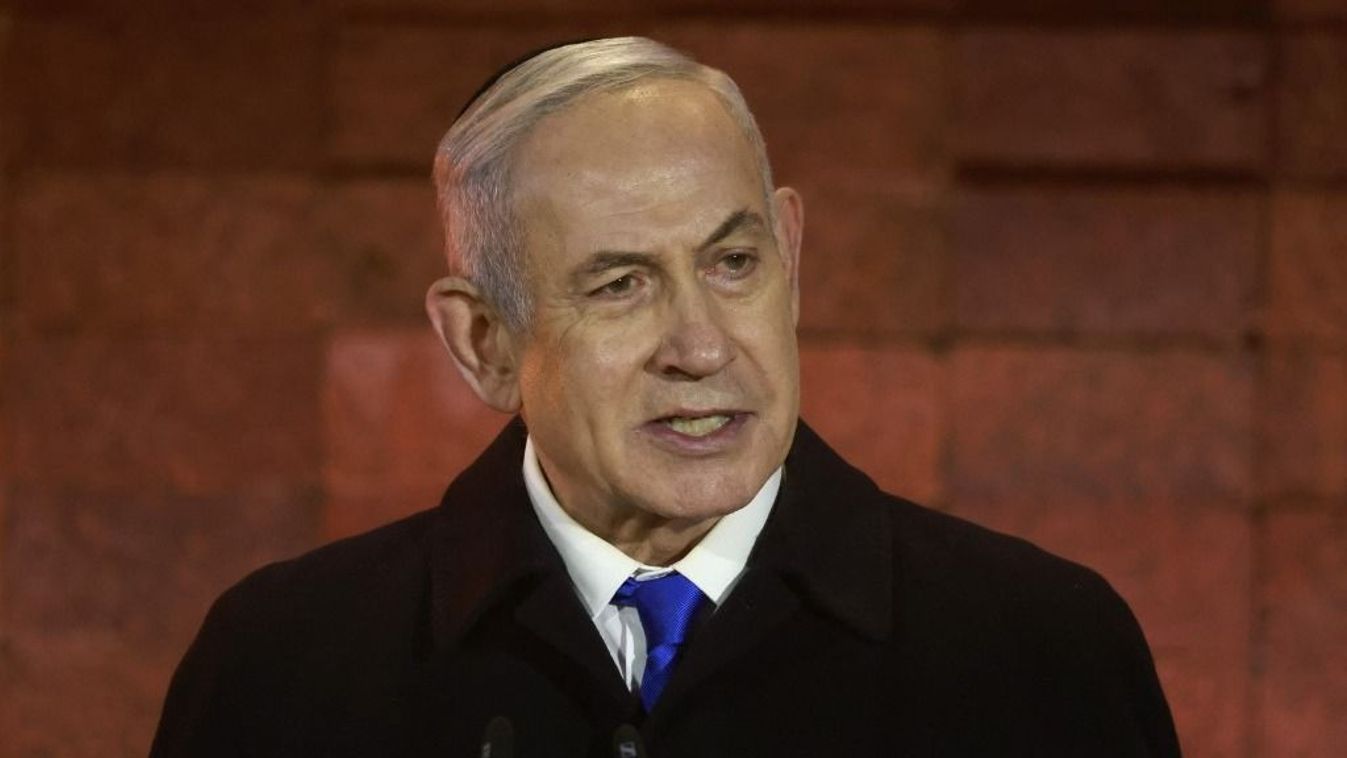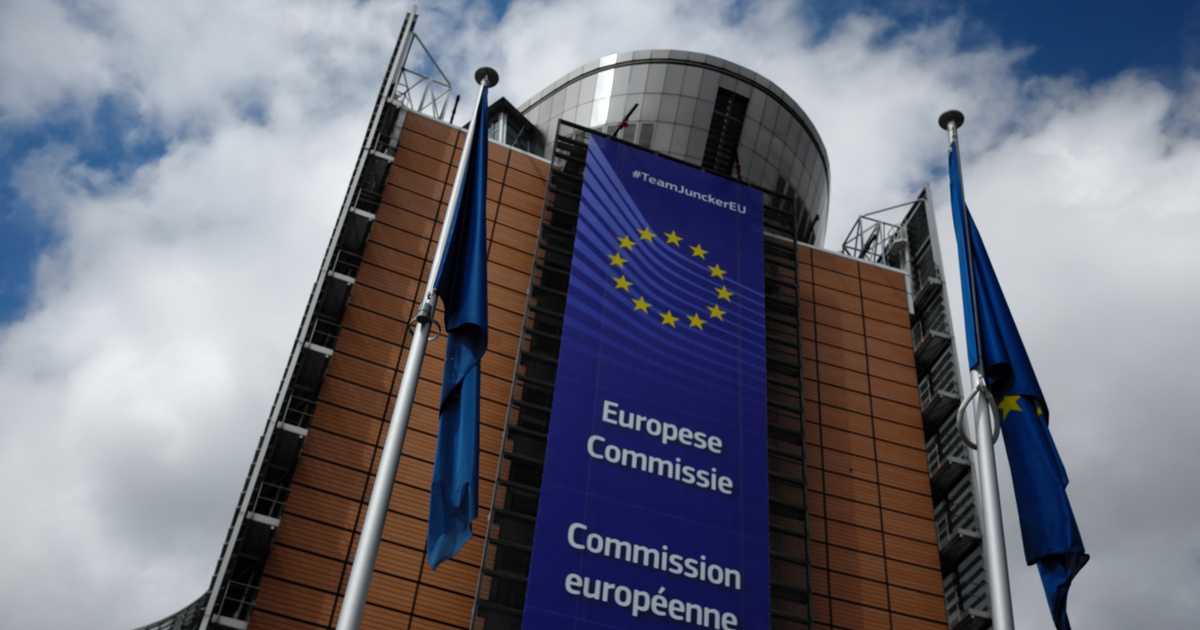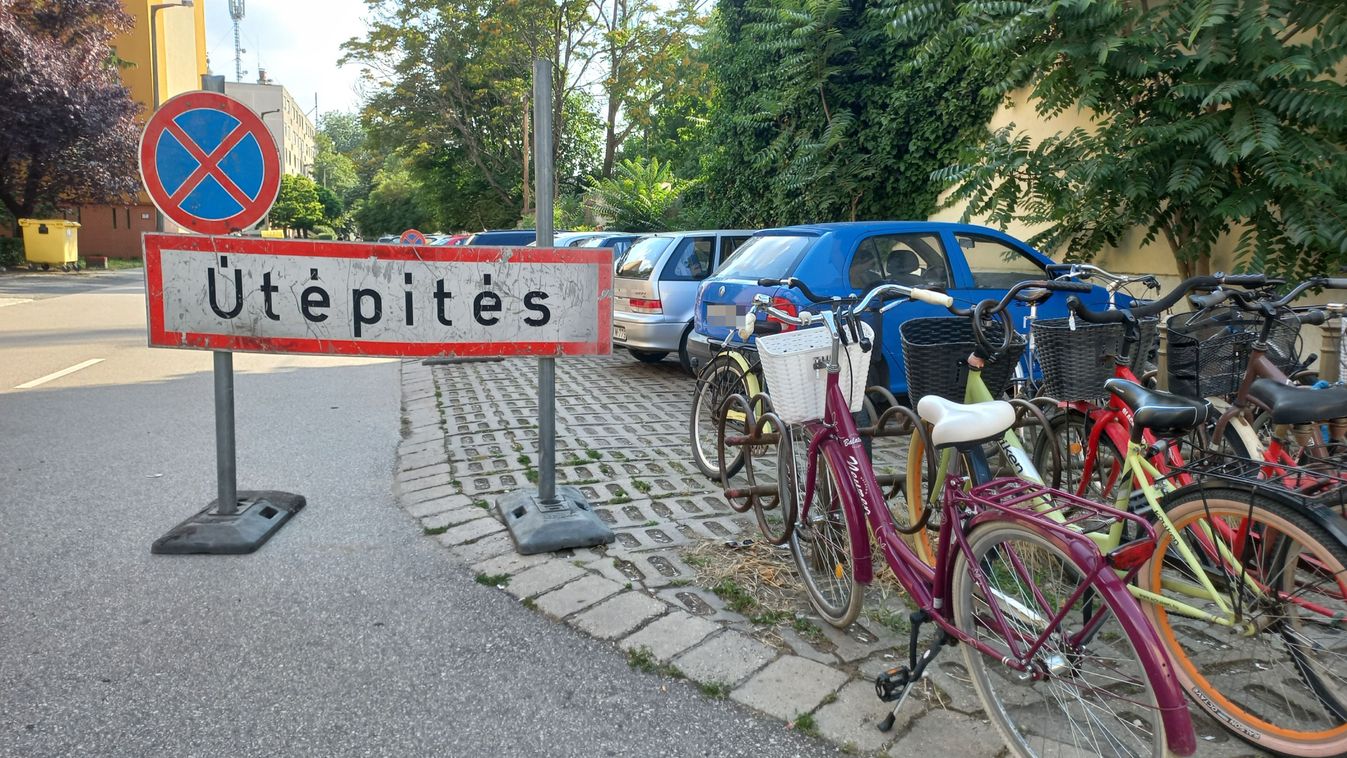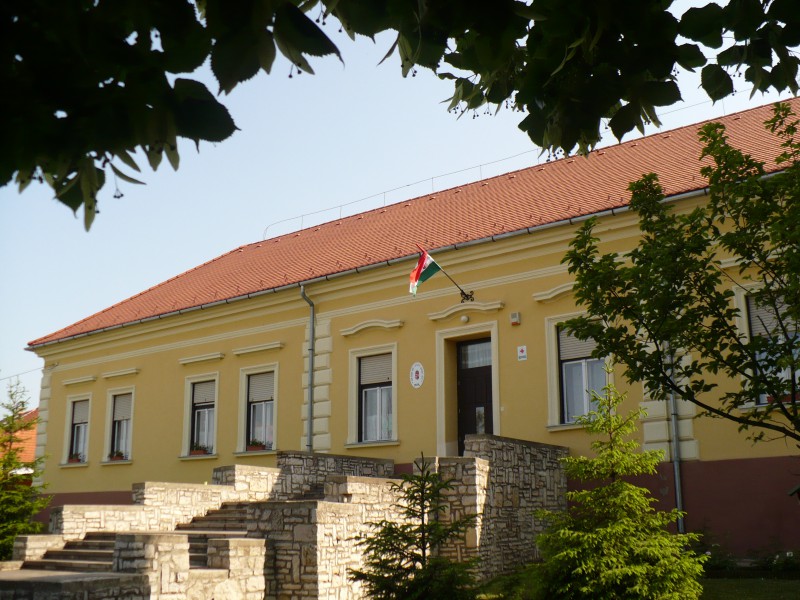The research group, with staff from the ELTE TTK Institute of Biology and the BTK Institute of Archeology, analyzed genome-wide data from 727 individuals, which can be used to test long-standing archaeological, genetic and linguistic hypotheses, Eötvös Loránd University of Science (ELTE) announced.
A series of studies on the large-scale research has been published in the scientific journal Science, which reveals, among other things, the genetic imprint and cultural influence of the ancient civilizations of the so-called Southern Arc.
– writes ELTE.
In the report, the report noted that some of the oldest agricultural civilizations and ancient cultures emerged and flourished in the geographical area stretching from the Caucasus and the Levant through Anatolia and the Aegean Sea to the Balkans – the so-called “southern arc”.
The people who live in the region that forms a bridge between Europe and Asia and the cultures they created have either disappeared throughout history or have survived to the present day. In addition to being a heritage of the region, it also had a profound impact on human civilization as a whole. Despite their importance, we know very little about the people who lived there, their migrations, who they married, or the language they spoke.
ELTE staff noted.
Research in archeology can shed new light on the life path of the people who made up previous societies, the spread and development of their language, and the separation of different linguistic branches.
However, extensive systematic international research is needed to answer questions about the past using archaeological tools. Mapping the genetic history of the populations living in the “southern bend” region is made possible by a major scientific collaboration between several genetic research groups. As a result of this work, three archaeological studies were published in Science Columns on August 26.
The tremendous results of the research were achieved thanks to the joint work of 202 participants from the international research team. As a result, they obtained a more accurate picture of the genetic history of the population who lived there in the period from the advent of agriculture to the Middle Ages.
On the Hungarian side, Anna Szécsényi-Nagy (ELKH BTK Archeogenomics Institute) has helped research interpret the genetic findings of prehistoric people living in the Carpathian Basin. Anthropologists Tamás Hajdu, Tamás Szeniczey and Krisztián Kiss (ELTE TTK Institute of Biology, Department of Anthropology) along with Christian Viraj, archaeologist at the Zatmar Provincial Museum (Muzeul Judetean Satu Mare) participated in the project with a complex biological analysis of a series of large number of graves Copper Age.












































